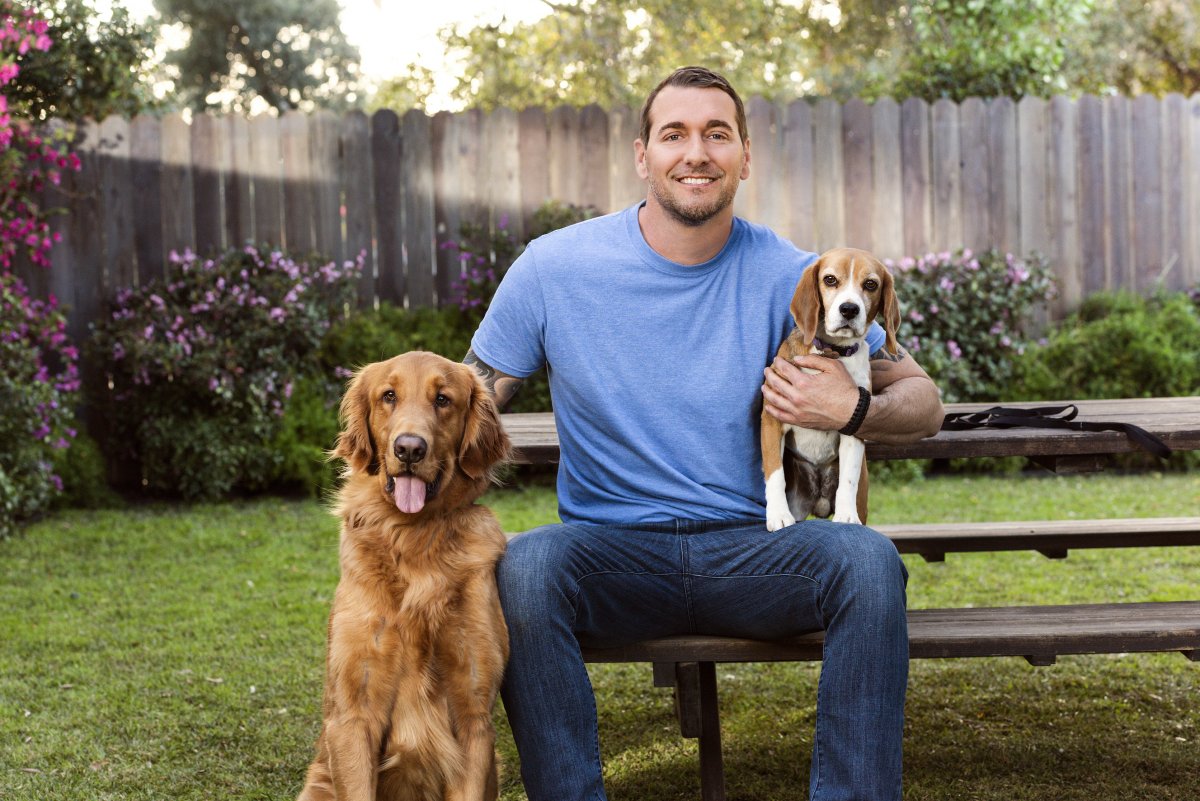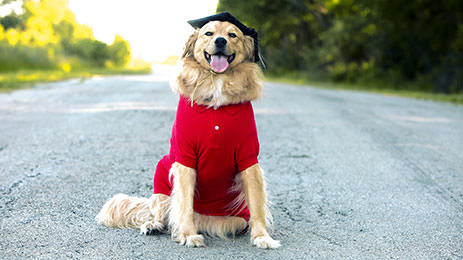Beginner's Guide to Successful Pet Dog Training at Home
Effectively training a pet dog in your home needs a nuanced understanding of canine actions and reliable interaction techniques. Establishing clear training goals, utilizing high-quality rewards, and maintaining consistency throughout member of the family are vital elements. Moreover, incorporating training into day-to-day routines can enhance both engagement and retention. However, numerous newbie instructors run into challenges that may hinder progress. To browse these intricacies effectively, it's vital to check out numerous crucial elements that can transform your technique and cause an unified partnership with your family pet. What fundamental concepts should every novice understanding to make certain success?
Understanding Dog Actions
Comprehending canine behavior is important for effective training and fostering a harmonious partnership in between human beings and their canine buddies - Puppy Training. Canines communicate primarily via body language, vocalizations, and faces, making it essential for owners to interpret these signals properly. Acknowledging habits such as tail wagging, roaring, or shrinking can give insights right into a canine's mood and intents
In addition, comprehending the all-natural impulses of pet dogs, such as their pack attitude, helps proprietors develop management functions within the household. This is essential for creating an organized environment where pets feel protected and are more responsive to training. Pet dogs are also affected by their socializing experiences; early direct exposure to various settings, individuals, and other animals can significantly form their habits later in life.
Typical behavior concerns, such as aggression, stress and anxiety, or too much barking, frequently originate from misunderstandings or unmet requirements. Observing and addressing these issues without delay can avoid rise and make sure a positive training experience. By promoting a deep understanding of dog behavior, proprietors can customize their training approaches to fit their canine companions, inevitably leading to a well-behaved and satisfied pet dog.

Vital Training Devices
A well-equipped training room can dramatically improve the efficiency of dog training in the house. Necessary training tools guarantee that both the trainer and the canine can participate in effective sessions that cultivate discovering and bonding.

Purchasing a strong leash and a comfy, well-fitting collar or harness is vital for security and control. These devices help develop borders and make certain the dog continues to be secure during training. Additionally, a marked training location, cost-free from distractions, help focus for both the instructor and the pet.
Educating aids such as training pads, cones, or agility devices can likewise boost the experience by presenting range and difficulties. Having a notebook or digital application for tracking development can be vital, enabling you to note successes and areas for improvement. Utilizing these vital devices will produce a positive training setting and lay the structure for effective understanding.
Developing a Training Routine
Establishing a regular training regimen is important for effective canine training at home. A well-structured routine not only assists in enhancing wanted habits however also gives your pet dog with a complacency and predictability. To create an efficient training routine, start by identifying details training goals, such as standard commands, leash strolling, or house-breaking.
Choose a designated time daily for training sessions, preferably when your dog is sharp and responsive. Procedure ought to be brief, about 5 to 15 minutes, to preserve focus and avoid tiredness. Uniformity in timing and setting will certainly boost your pet dog's understanding experience.
Include training right into everyday activities to strengthen abilities. Method commands throughout walks or nourishment, which incorporates discovering into all-natural routines. Furthermore, continue to be flexible and change the regular as essential, accommodating your canine's energy degrees and state of mind.
Favorable Support Strategies

When applying positive support, it is necessary to select rewards that are encouraging for your dog. High-value treats, such as small pieces of hen or cheese, can be particularly effective during training sessions. Furthermore, differing view it now the incentives can keep your pet's interest and enthusiasm.
Begin with simple commands, like "rest" or "remain," and progressively progression to much more intricate jobs. Consistency is crucial; ensure that all you could check here relative use the exact same commands and benefit systems to prevent confusion.
Moreover, it is crucial to remain client and avoid disappointment. Dogs, like people, find out at their very own speed. By cultivating a supportive training setting via positive reinforcement, you can enhance your pet dog's understanding experience while strengthening the bond in between you and your hairy friend, preparing for effective training outcomes.
Typical Educating Obstacles
While educating a pet dog in the house can be a rewarding experience, it usually features a set of typical difficulties that can check both persistence and consistency. One common problem is diversion. Pet dogs might come to be quickly averted by sounds, movements, or perhaps scents in their setting, making it tough to keep their emphasis throughout training sessions.
An additional obstacle is inconsistency in commands and reinforcement. If household participants make use of various hints or benefits, it can perplex the dog and impede development. Developing a unified technique is necessary for effective communication.
Additionally, pet dogs can experience disappointment or stress, specifically if they do not recognize what is anticipated of them. This can bring about unwanted actions, such as barking or eating.
Finally, the timing of reinforcement is essential. Postponed rewards can lessen the effectiveness of positive support, as canines may fall short to link the actions with the reward.
Getting rid of these obstacles needs dedication, clear communication, and an organized training plan - Puppy Training. Identifying and attending to these typical obstacles will lead the method for a more effective and enjoyable training experience in the house
Conclusion
In verdict, successful canine training in your home demands an extensive understanding of canine behavior and reliable interaction techniques. By establishing clear training objectives and making use of premium deals with alongside positive reinforcement, the training process ends up being more rewarding for both the dog and the instructor. Persistence, adaptability, and uniformity are essential elements that assist in learning. Inevitably, integrating training into daily discover here regimens boosts the bond between canine and owner, making the experience both efficient and enjoyable.
Developing a constant training routine is important for reliable pet training at home.Positive support strategies are essential to effective pet dog training, promoting preferred behaviors via rewards instead than punishment. By cultivating a supportive training environment through favorable support, you can enhance your pet dog's discovering experience while strengthening the bond in between you and your fuzzy companion, laying the foundation for effective training end results.
In conclusion, successful pet training at home necessitates a thorough understanding of canine behavior and efficient interaction techniques. By developing clear training objectives and making use of high-quality deals with alongside positive support, the training process ends up being a lot more gratifying for both the fitness instructor and the dog.